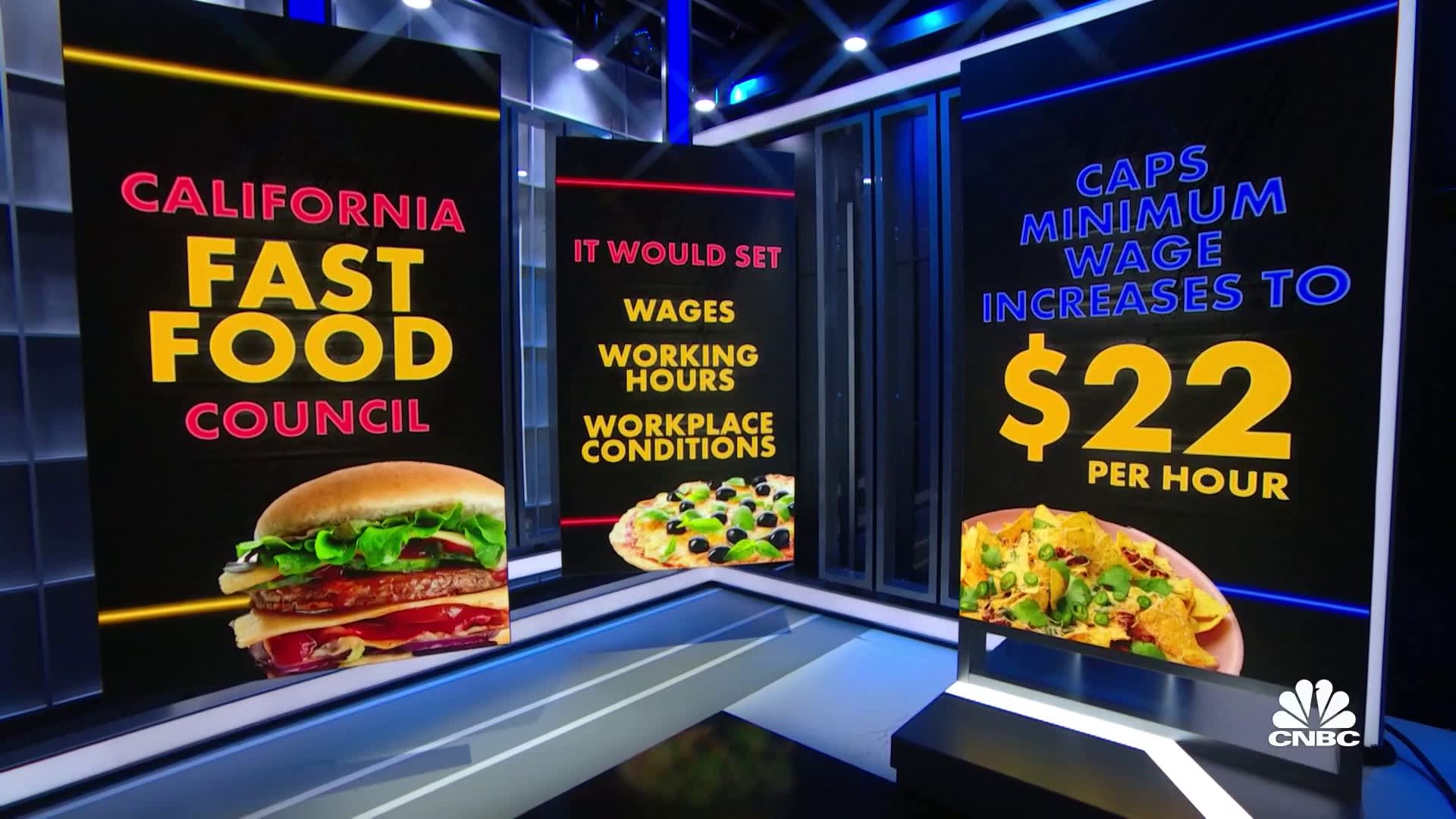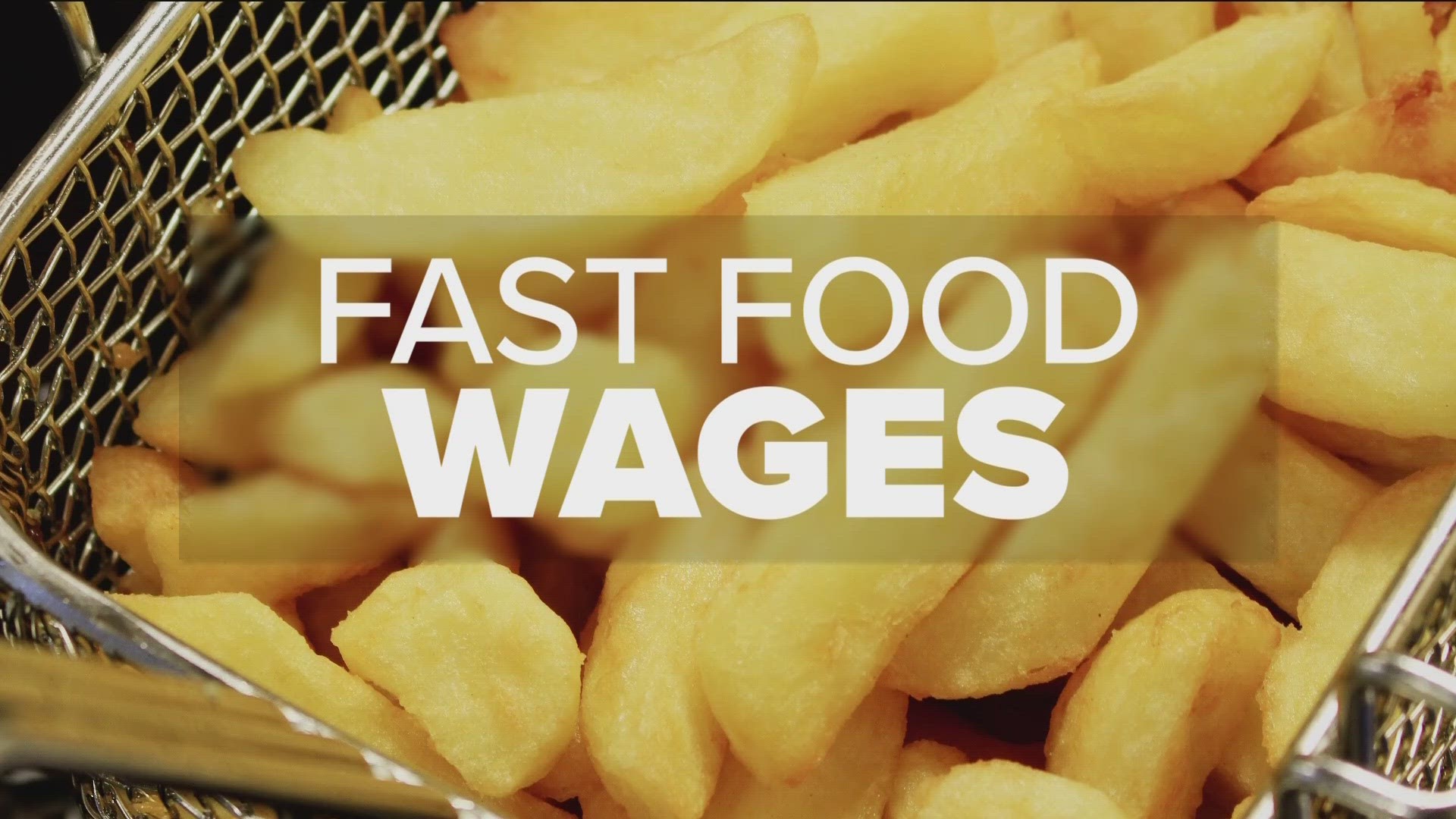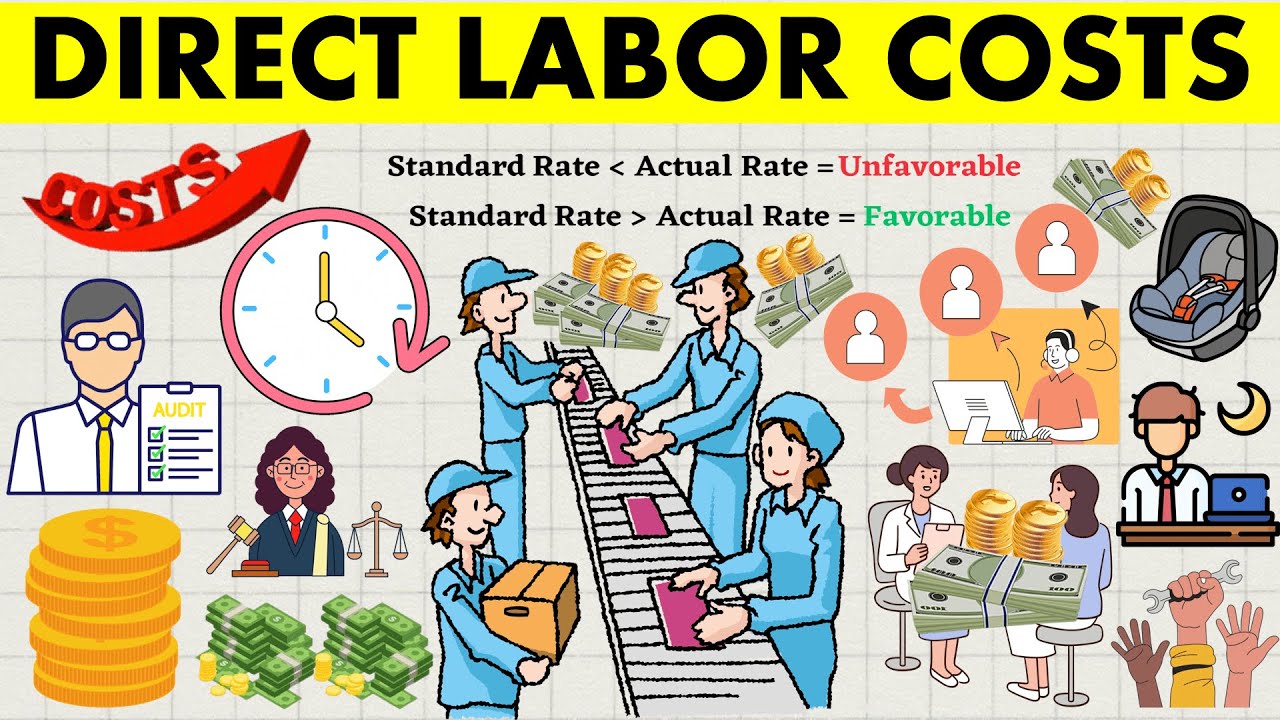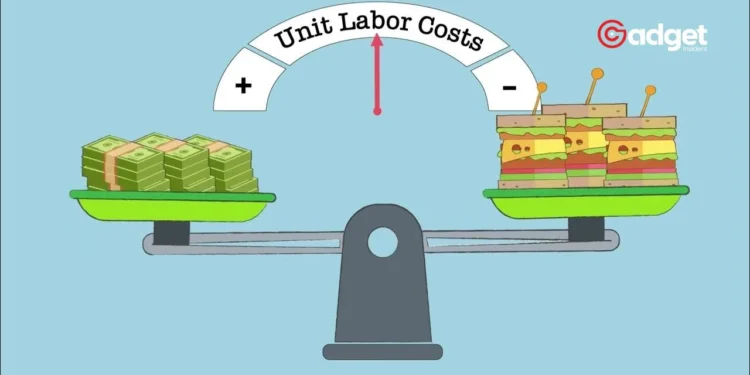In a landmark move, California has set a new precedent in the labor market by establishing a $20 per hour minimum wage for fast-food workers, as signed into law by Governor Gavin Newsom. This initiative, encapsulated in Assembly Bill (AB) No. 1228, specifically targets national fast-food chains operating with 60 or more locations nationwide.
While California’s general minimum wage stands at an impressive $16 per hour, this new law, effective from April 1, introduces a two-tier wage system within the state, further separating the fast-food industry from other employment sectors.

Comparing Wages Across the States
The contrast in minimum wages across the United States is stark. For example, Iowa aligns with the federal minimum at just $7.25 per hour, while Illinois boasts a higher threshold, planning to increase its minimum wage to $15 per hour by January 2025.
This nationwide disparity highlights the unique economic landscape in which California’s new wage policy will operate.
A Step Towards Economic Equality?
Proponents of AB 1228 herald it as a significant step towards improving living standards for fast-food workers in California, a state notorious for its high cost of living. Ranking last in affordability in a 2024 U.S. News & World Report analysis, California surpasses even Hawaii in living expenses.
Supporters argue that the wage increase is essential for workers struggling to keep pace with the escalating costs of living in such an expensive locale.

Industry Backlash and Economic Concerns
However, the bill is not without controversy. Critics point out that the $20 minimum wage selectively targets large fast-food chains, potentially causing a disproportionate impact on small franchisee owners who operate under these national brands but may only manage a single outlet.
These businesses now face the daunting challenge of meeting the new wage requirement, which could lead to increased operational costs and higher prices for consumers. Indeed, the fast-food industry, once a haven for budget-conscious diners, has seen meal prices soar, with reports suggesting that a single meal could now cost between $20 and $25.
This price hike threatens the affordability of fast-food dining, with McDonald’s CEO Chris Kempczinski acknowledging the strain on family budgets, particularly those of low-income households.
The Broader Impact of Business Climate and Migration on California’s Law
The introduction of this wage policy comes at a time when California is already witnessing a significant exodus of businesses and residents. Data indicates a 0.9% migration of residents out of the state between July 2022 and July 2023, the second-highest in the nation.
Businesses, too, are reconsidering their presence in California, with many expressing discontent with the state’s business environment.
Sergeant News Network 🇺🇸, [May 2, 2024 at 7:10 PM]
🧪🍔💉 Do You Know How Many Harmful, Manmade Chemicals are in Your Fast Food Meat?
Follow @NoFarmersNoFoud
🚜 BOOST /💥/ Twitter 🚜 pic.twitter.com/lNDcuu0h5O— Jesus died for our sins🙏 (@PenneyBarrett2) May 7, 2024
The Rise of Automation in Response to Wage Pressures
The economic pressures from rising labor costs are accelerating the adoption of automation and technology across various industries. In the fast-food sector, this has led to increased use of self-ordering kiosks, and experts predict further automation in food preparation and delivery.
Such advancements suggest a future where fast-food services could become predominantly automated, reducing reliance on human labor and potentially circumventing the challenges posed by higher wage mandates.

Looking Ahead
California’s decision to implement a $20 minimum wage for fast-food workers is a bold experiment in economic policy that seeks to balance worker welfare with the realities of business operations in a high-cost environment.
As this policy unfolds, it will undoubtedly serve as a critical case study for other states contemplating similar measures in an era of growing economic inequality and technological advancement.









